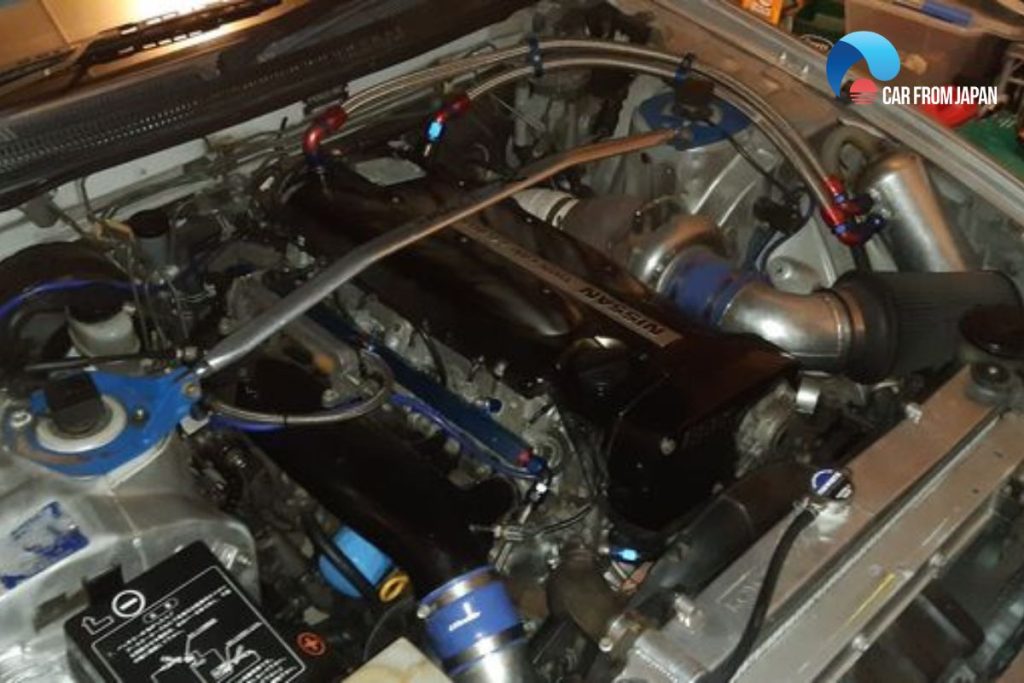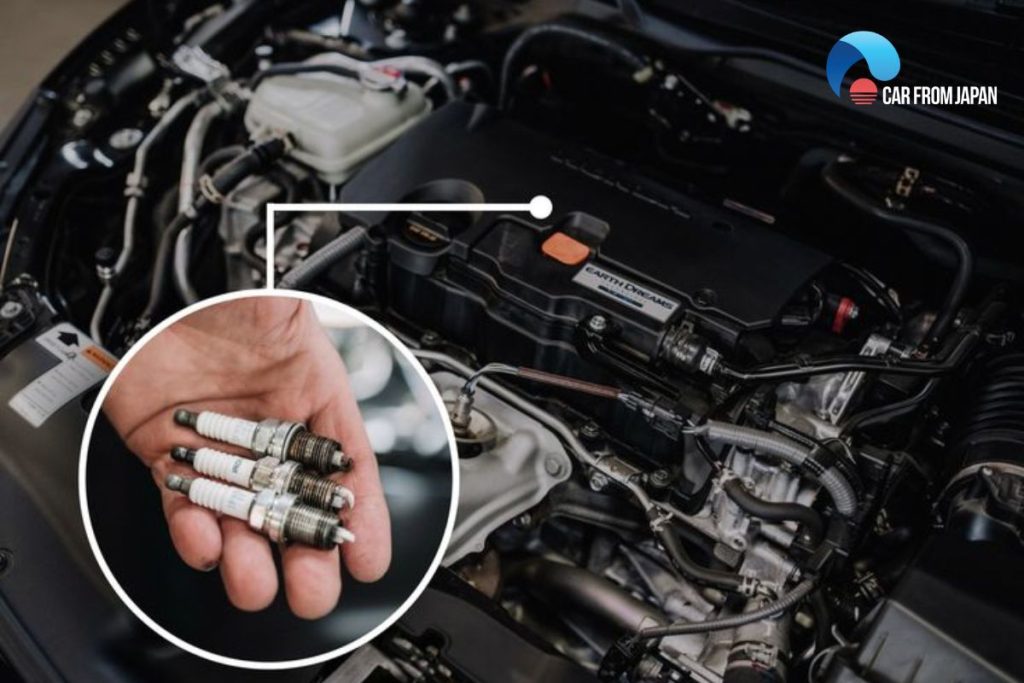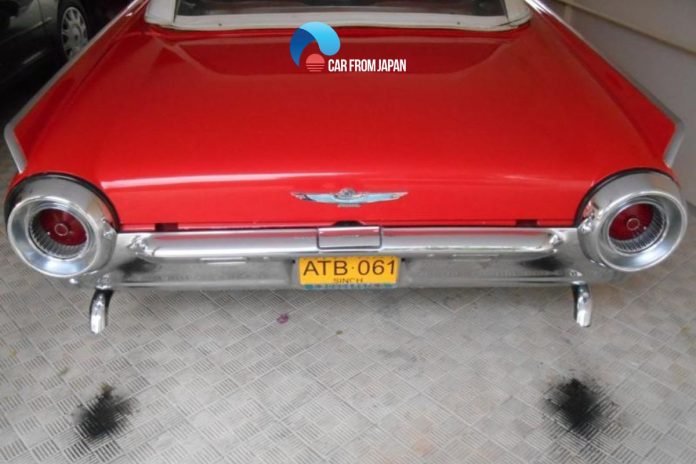The air-fuel mixture has to be perfect – a ratio of 14.7:1 – for the combustion engine to run smoothly. The engine will not function properly and show various symptoms when that ratio is disrupted.
The car running rich problem occurs when too much fuel enters the combustion chamber. Fuel less than the desired level will cause running lean car.
Contents
- Engine Running Rich Vs Lean
- Symptoms Of Car Running Rich And Lean
- Engine Running Rich Causes
- Car Running Rich: How To Fix
- FAQs on Car Running Rich
- Why does a rich-running engine often smell like gasoline?
- Why does my fuel economy drop drastically when the car runs rich?
- Is it true that running rich can dilute engine oil?
- Why does my car misfire more when it’s running rich?
- Do performance modifications make cars more prone to running rich?
- How can I confirm if my car is running rich without a scan tool?
- Wrapping Up
Engine Running Rich Vs Lean
The main difference lies in the ratio of the air-fuel mixture. The conditions occur depending on whether the fuel is more or less than the recommended amount.
What does running rich mean? It happens when too much gas enters the engine’s combustion chamber.
What does running lean mean? It is the condition when the combustion chamber does not have enough gas to burn.
If this ratio is less than 14.7, it means the fuel mixture is rich. The rich fuel mixture helps the engine produce more power but increases fuel and emissions.
Conversely, if this ratio is more than 14.7, it means that the fuel mixture is poor. The lean fuel mixture helps save fuel but does not reduce the vehicle’s emissions.
Emissions can even be higher because some of the vehicle’s cylinders lose fire, affecting the operation and very harmful to the engine. So either a rich or lean fuel mixture is not good.

To prevent this issue from happening, the ECU continuously monitors the fuel-air ratio and adjusts it to keep it in balance. The ECU controls the fuel-air ratio through a signal transmitted from the oxygen sensor located in the exhaust manifold.
If a lean mixture is found, the ECU will compensate for the engine fuel. If it detects a rich mixture, the ECU will cut down on fuel intake.
When the engine has just started, it takes 10 – 30 seconds for the heating wire in the oxygen sensor to warm up to the temperature the sensor can operate.
During this time the fuel mixture is kept fixed according to the most recent value previously stored in the memory. When the sensor is hot, the ECU will start to adjust based on the signal from the sensor.
And when the vehicle is turned off, the last fuel balance value will be saved by ECU for driving next time.
It appears that a car running rich or lean is the two sides of the same coin. The engine computer is mainly responsible for maintaining the correct air-fuel mixture.
Other components that play a part are the fuel injectors, emission sensors, and mass airflow sensors.
Read More: How Do You Know about a Bad Fuel Pressure Regulator?
Symptoms Of Car Running Rich And Lean
Achieving the perfect ratio – 14.7 part of air to 1 part of fuel – is almost impossible for an engine. This ratio helps save fuel and also reduces emissions.
They run a tad rich most of the time, especially when hauling a load when the weather is cold, and when accelerating. But it becomes an issue when the fuel runs too high or too low.
What are the car running rich symptoms? Are they different from the warning signs caused by the ‘lean’ problem?
Well, both conditions affect the engine and hamper its regular functions. Some of the common similar symptoms are:
- Check if the engine light will come on
- Loss of engine power
- Poor mileage
- Premature engine wear
- Engine fouling
- Excessive carbon emission
- Premature wear of the emission system
- Foul smell and black smoke from the exhaust
- The overheated engine when the car running rich
- Jerking when the vehicle running lean
Engine Running Rich Causes
The ideal ratio of air-fuel mixture mostly depends on the amount of fuel in the combustion chamber.
A number of components including oxygen sensor, ECM, and catalytic converter are vital to this process. So, any defect in them will cause the car to run rich or lean.
Possible causes of a car running rich:
- Defect in the oxygen sensor
- Faulty ECU
- Defective mass airflow sensor
- Dirty/clogged air filter
- Blocked open injectors
- Damaged engine coolant temperature sensor
- Retrofitted cooling system
Possible causes of a car running lean:
- Low level of fuel
- Bad pump regulator
- Clogged open EGR valve
- Damaged fuel pressure
- Leak in the vacuum
Watch video from Automobile basic ideas to know what causes a car to run rich!
Car Running Rich: How To Fix
So, how to fix rich air fuel mixture when it is running lean? You can apply the methods described here to fix the rich mixture problem.
Check the air duct’s flap
The flap inside the air duct is an actuator that serves as a choke. It should be closed partially when you kick off the engine and fully open after the car is warmed up.
If the flap is not doing its functions, take the car to a mechanic to fix it.
Vacuum lines and hoses
Loosely connected or leaked vacuum lines and hoses can cause a vehicle to run rich. A leak announces its presence with a hissing sound. But, the engine noise can muffle it so you have to be careful.
Clean the mass airflow sensor
A dirty mass airflow sensor can be the culprit too. Remove it from the car and clean it with a contact or mass airflow cleaner. Reinstall the sensor after the cleaning is done.
The oxygen sensor
If the vacuum lines, mass airflow sensor, and air duct flap are fine, the trouble must be with the oxygen sensor. You have to replace it with a new one if the existing one is defective.
Change the spark plugs

Worn-out spark plugs can cause this trouble too. When the plugs cannot create sparks, gas does not burn properly.
As a result, the carbon emission will be high and the engine will feel rough. Changing the plugs is the obvious option. But, if that does not help, take the car to a servicing shop to tune it up.
FAQs on Car Running Rich
Why does a rich-running engine often smell like gasoline?
Unburned fuel exits the exhaust, producing a strong raw gas smell, especially noticeable near the tailpipe or when idling.
Why does my fuel economy drop drastically when the car runs rich?
Because excess fuel isn’t fully burned. Instead of producing power, it washes cylinder walls, reduces efficiency, and exits as wasted fuel in the exhaust.
Is it true that running rich can dilute engine oil?
Yes. Unburned fuel can seep past piston rings, thinning the oil, reducing lubrication, and accelerating internal wear.
Why does my car misfire more when it’s running rich?
Too much fuel drowns the spark plug’s ability to ignite, leading to incomplete combustion and random misfires.
Do performance modifications make cars more prone to running rich?
They can. Aftermarket tunes, larger injectors, or faulty MAF scaling can cause the ECU to deliver excess fuel unless properly calibrated.
How can I confirm if my car is running rich without a scan tool?
Look for black smoke from the exhaust, sooty spark plugs, a strong fuel smell, and unusually poor fuel economy.
Wrapping Up
Doing everything mentioned above is likely to fix the trouble of lean mixture when your car running rich too. If you have changed one or two sensors, the best you can do is to let the car run for a few minutes.
It will allow the engine’s computer system to get used to the new components and the new volume of air and fuel entering the combustion chamber. But, if the car still shows the symptoms of running lean, take it to a mechanic or the dealer.
Flashing the computer and putting the instructions for the new air-fuel mixture information into its system will solve the trouble.



